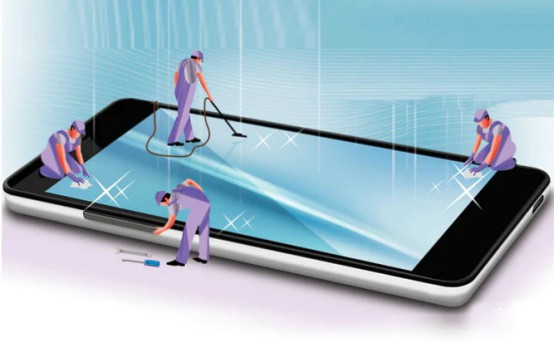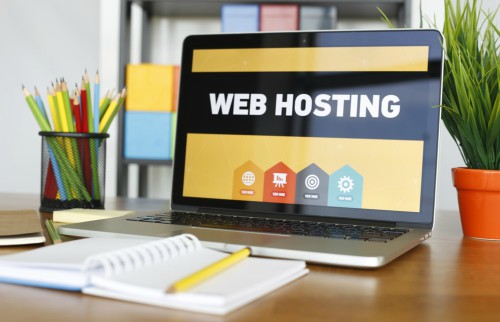Customer retention is not an automatic consequence of having a great product or service. If you stop making an effort, your customers might start feeling that you don’t care about them anymore. CRM is about knowing your customers – want they want, what marketing efforts have been made to them, and how they responded. If everything is ok, you keep selling to them, and that’s the beginning of a beautiful friendship.
CRM software can provide you with the tools to manage customer retention and all the activities around customer engagement. Here are 3 customer retention techniques you can implement using your CRM software to sustain your customers and increase revenues.
1. Notice Signs of Disillusionment
The most obvious way to keep a customer is to stop them from leaving. If you really pay attention, you will see some clear signs of your customer’s impending departure. You need to identify the key variables of customer behavior to capture these “warning” signals, such as purchase patterns, history of customer service enquiries, product usage. Then, you’ll need to evaluate these signals and take action to stop your customers before they leave.
All this is possible with a CRM system.
A CRM system can tell you how many of your customers didn’t buy anything in the last 5 months, which might be an indication that they are considering switching your product or services and taking their money to your competitors.
To do this, make a list of all of your customers, and then make a list of all the sales you have made in the past 5 months. Your CRM software will do this for you automatically. By comparing these lists, you will see which customers haven’t bought anything from you in all that time.
Now, you can follow up on them to find out the reasons why they were not making any purchases and keep them from leaving your company.
Companies must store a lot of information about customers to be able to treat customers individually. That is why, it is key to have a good customer database that keeps records of all interactions and transactions. There is no surer way to build a long-lasting customer partnership.
2. Use Intuitive, Easy to Learn CRM Software
As a small business in particular, here are a couple of things that you should look for when selecting your first CRM software: ease of learning, budget, and customization options. Normally, small businesses and startups are on a limited to shoestring budget and always looking for the most affordable option. Some CRM software is even free. It’s important to have software that’s easy to learn because the learning curve can be a pivotal factor for SMBs. Most small businesses don’t have the time to become familiar with complex, enterprise-grade software. You shouldn’t need an IT or CRM expert to use these tools.
In terms of customization, you need software that has a wide range of applications without being overwhelming. It should integrate well with other tools. It’s always a good idea to have software that is compatible with all your other tools and can combine data for the ultimate results.
Customer support is also very important. It’s helpful to have software that offers sufficient support to get you up and running because most SMBs have pretty small teams.
3. Target Customers with Special Offers
The less you know about your customers, the harder it is to tailor your approach to each individual. With CRM software, you can see a customer’s purchase history, so that you can decide what kind of offer will be the most appealing to each individual and increase relevancy, which will keep your company on your customers’ minds.
What you need right now is identify ways to rekindle their interest and convert them. This can be done by offering them special discounts or some additional value for your product.
For example, you want to follow up on the customers who used to have an active interest in your product, but haven’t purchased anything for quite some time, as per our first example. What you’ve already done is create a list of all customers who haven’t bought anything for a longer period of time. Now, compare this list with a list of all the people who subscribed to your newsletter. What you get are your contacts that have an active interest in your product, but have not shown any signs of life for some time.
Send these contacts a discount on a new product or a special offer deal and make them feel that you care. This way, they will know you have not forgotten about them.
You can afford to lose customers even if you’re gaining new ones, which is a sign of business growth. According to POSQuote.com, Statistics show that losing a customer costs an average of $243 globally. Your current customers give you a great chance to raise your profits than potential customers because the former are more likely to buy – and keep buying – from you. In order to make sure that keeps happening, CRM software is the tool you need to keep your relationships alive. With its help, you can collect and manage information on your customers and also manage activities around customer engagement.
You can use the data that the software provides to not only keep customers, but also to make sure they’re happy and your profits are growing – all without the added expense of acquiring new customers.
Final Thoughts
What does a business really need to do to have an impact on customer retention? Once you get to thinking and making an effort to retain customers, it’s key to consider the reasons and factors that enhance repeat purchases of your product or service.
The truth of the matter is that customer retention strategies are no longer done on paper. You need a LOT of data and information about your customers to be able to assess and measure their behavior. And for that, a CRM system is indispensible!



